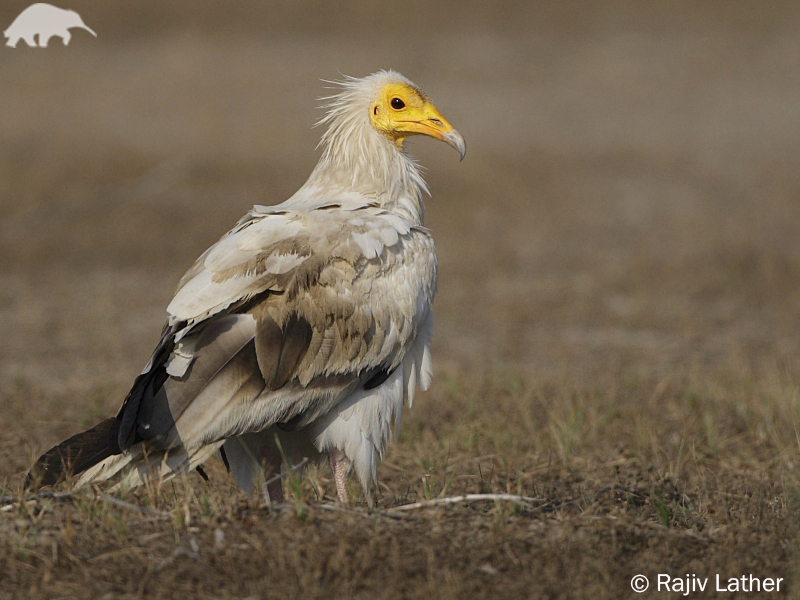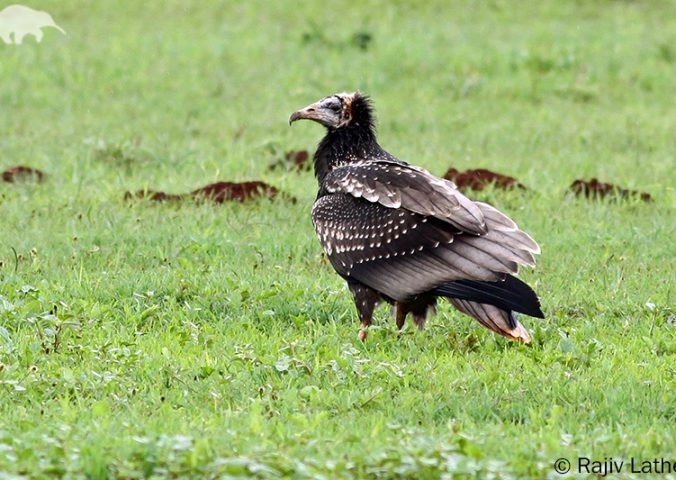About
This white vulture is highly distinctive, with a bright yellow bill and face.
They are thought to be intelligent; having exhibited the use of tools to crack open large eggs, and twigs to gather wool to line its nest. Such tool use has been recorded in hand-reared chicks and may be innate rather than learnt through observation.
As a scavenger its diet is varied and includes carrion, tortoises, organic waste and even mammalian faeces. The species plays a hugely important role in the ecosystem, disposing of carcasses quickly thereby stopping the spread of disease.
Despite its huge range, populations of Egyptian Vulture are declining across the globe. This is due to an array of threats like poisoning, poaching, electrocution and human disturbance.
The key conservation actions going forward include protecting nesting sites from poaching and human disturbance, enforcing laws around poison-baiting, insulating poorly-designed electric pylons and ban use of Diclofenac for treatment of livestock across the species range. Increased awareness and education on the impacts of poaching and poisoning is essential in protecting this species. Changes in EU regulations about the disposal of carcasses will help with food availability and investigate the role of ‘vulture restaurants’ which have played an important role in vulture conservation through Europe.
- Order: Accipitriformes
- Family: Accipitridae
- Population: 18,000-57,000
- Trend: stable
- Size: 58-70 cm
- Weight: 1.6-2.2kg
EDGE Score
Distribution
A widespread species, the range of the Egyptian vulture stretched longitudinally from the West African coastline to Bangladesh in Western-Central Asia. In terms of latitude the range extends north to south from Ukraine to South Africa.
Habitat and Ecology
This species’ natural habitat includes plains, mountains, wetlands, uplands, savannahs and semi-deserts. They migrate to warmer regions during the winter as they cannot tolerate the cold. They are often seen around human settlements.




